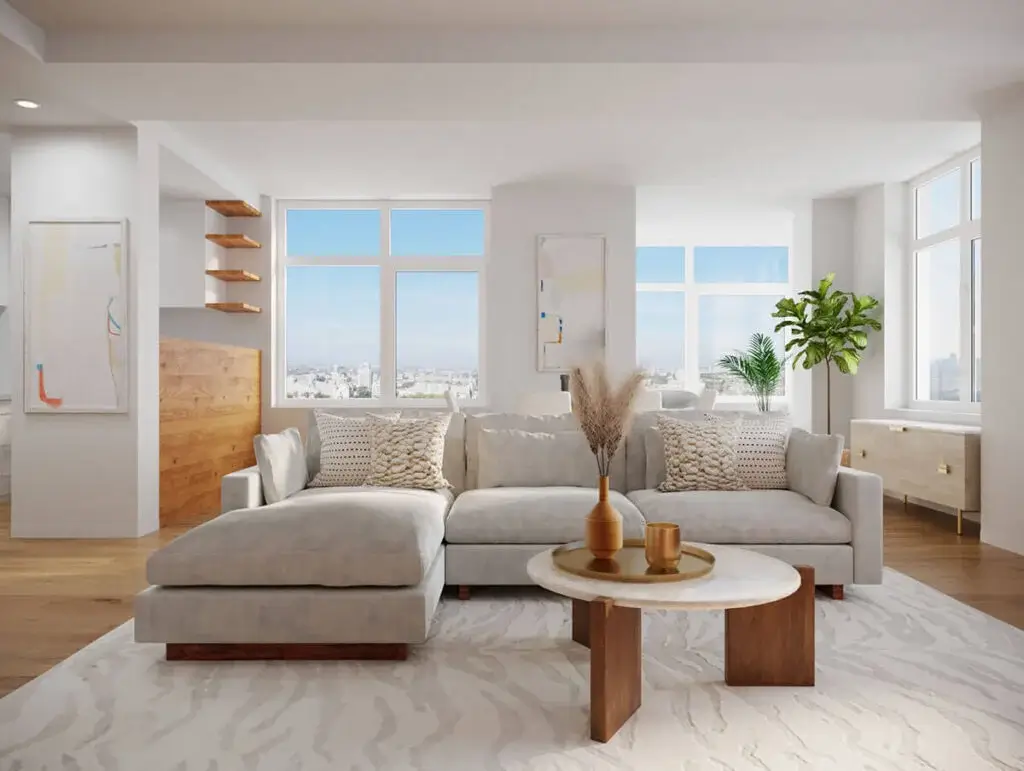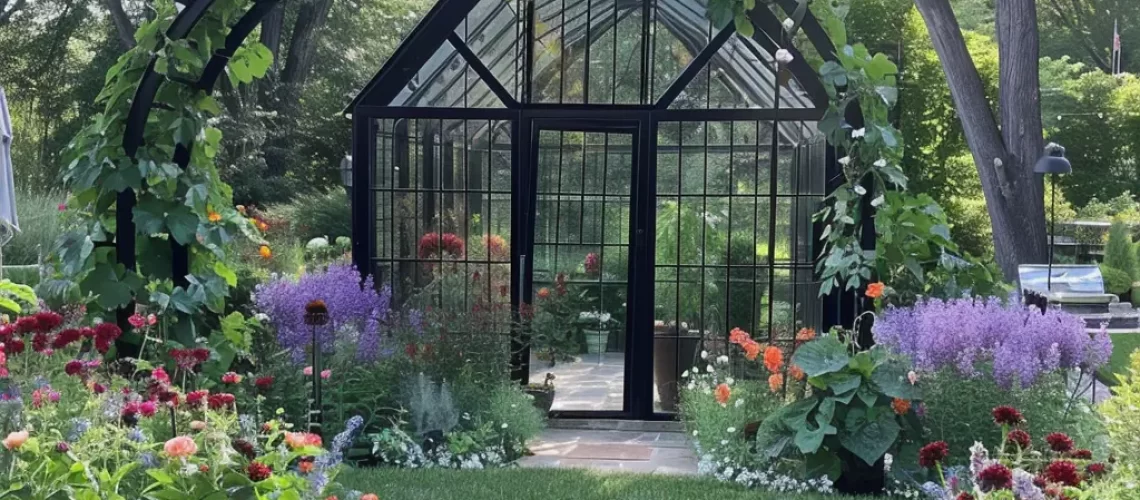Introduction to Bespoke Garden Design
Bespoke garden design isn’t just about throwing a few plants together and calling it a garden. It’s a carefully thought out process that mixes beauty with usability. Imagine creating a space that not only looks good but also serves your lifestyle. Whether you want a quiet spot to unwind, a lively area to entertain friends, or a veggie patch to grow your food, bespoke design makes it happen. This approach tailors your garden to fit your space, style, and needs precisely. No two bespoke gardens are the same – each one is as unique as its owner. So, dive in! Explore the possibilities of transforming your outdoor space into a personal paradise that does more than just please the eye.
Understanding Your Space: The First Step to Functionality
Before diving into any garden makeover, taking a tight grip on the layout of your garden space is vital. Think of it as learning the rules of the game before playing it. First off, size matters – know exactly how much space you’re working with. A compact balcony will demand markedly different strategies compared to sprawling backyard acres. Terrain plays a huge role too. Flat land? You’ve got a straightforward canvas. Slopes? They add a layer of challenge, possibly requiring terracing or retaining walls to make the most of your area. Don’t ignore the sun and shade patterns throughout the day either. Plants are picky about their sunbathing and shade dunking habits. Orientation is key; a south-facing garden has a sunnier outlook than a north-facing one, impacting what you can grow or where you could place seating for maximum enjoyment. Lastly, soil type can make or break your garden dreams. Sand, clay, loam – each has its quirks, influencing what plants will thrive. In essence, know your garden’s bones before deciding on its makeup. This fundamental understanding ensures that functionality meshes seamlessly with aesthetics right from the get-go.
Key Elements of Aesthetic Garden Design
When talking about aesthetic garden design, it’s all about finding a balance. Think about how a painting pulls you in. Your garden should do the same. Here are a few key elements to consider. First, color plays a huge part. You want a palette that suits your mood. Soft colors create a peaceful space, while bold colors add vibrancy. Texture is next. Mix up different leaf shapes, plant types, and hardscape materials. This variety keeps your eyes moving and interested. Form is critical, too. It’s about how the shapes of the plants and structures work together. Contrast a tall, skinny tree next to a round, bushy shrub. Lastly, don’t forget about functionality. Your garden isn’t just for looking; it’s for living. Paths should lead somewhere interesting. Seating areas invite relaxation. Remember, an aesthetic garden is more than beauty; it’s about creating a space that feels right to you.
Balancing Beauty and Practicality in your Garden
Crafting a garden that’s both stunning and functional isn’t about luck; it’s about thoughtful planning. To achieve this balance, start by envisioning how you want to use your garden. Is it for relaxing, growing veggies, or a playground for kids? Once you have a clear purpose, it’s easier to make decisions. For beauty, consider varying plant heights, textures, and colors for visual interest all year round. Practicality wise, think about maintenance. Opt for plants that thrive in your climate to reduce upkeep. Don’t forget pathways for easy access and durable furniture that withstands the weather. Mixing beauty with practicality means your garden will not only look good but will also serve your needs efficiently.
Incorporating Nature: Choosing the Right Plants
Choosing the right plants is crucial in blending functionality with aesthetics in your garden. Start by thinking about the climate where you live. Not every plant will thrive in your backyard, so pick ones that match your climate zone. Next, consider what you want from your plants. Do you want something that offers shade, adds color, or maybe attracts butterflies? Some plants are great for privacy, while others can help with soil erosion. Remember, the layout matters too. Taller plants should go at the back, and shorter ones in front, so every plant gets its moment in the sun. Mix and match colors and textures for that visual appeal. But, don’t just think about how things look. Think about maintenance. Some plants need more water and care than others. Go for those that fit your lifestyle. If you’re not up for a lot of work, look into low-maintenance options. Your garden should be a place of beauty and relaxation, not a source of endless chores. Keep these tips in mind, and you’ll create a space that’s both beautiful and suited to your needs.
Hardscaping: When Function Meets Form
Hardscaping is all about the solid stuff in your garden – think paths, walls, and patios. It’s where utility meets good looks. Instead of just plopping down some stones and calling it a day, hardscaping asks, “How can this look awesome and make life easier?” For instance, a winding path can lead you through your garden, making it easy to stroll and enjoy your flowers. At the same time, it adds a touch of elegance. Or look at a patio: it’s not just a place to slap a chair and forget. It’s a spot for BBQs, family gatherings, and lazy Sunday coffees, all while looking sharp and tying your garden together. Remember, the key is balance. Too much hardscape, and your garden feels like a parking lot. Too little, and you miss out on adding character and functionality. So use materials that match your garden’s vibe, keep it practical, and let your garden’s personality shine. Bottom line: Hardscaping isn’t just about making your garden sturdy and usable. It’s about giving it that “wow” factor without sacrificing its soul.
Lighting and Accessories: Enhancing Garden Aesthetics
In a simple garden, beyond flowers and plants, lighting and accessories play a huge role in boosting its look and feel. To start, let’s talk about lighting. You don’t just throw in any light; you pick ones that match your garden’s vibe. LED lights or solar-powered ones are great for pathways, adding both safety and style. For a cozy, inviting atmosphere, string lights do the trick, draped over trees or along fences.
Now, onto accessories. This part is fun. Think of your garden like dressing up; accessories are the jewelry. Weather-resistant sculptures or wind chimes add a personal touch without being too much. Bird baths or feeders? They bring life, literally. Your choice of pots and planters can also make a statement. Go for ones that complement your garden’s theme.
Remember, less is more. You don’t want to overcrowd your garden. Each light, each accessory should have its purpose, enhancing the garden’s natural beauty, not taking away from it. So, mix functionality with aesthetics, and you’ll have a garden that’s not just beautiful during the day but also enchanting by night. Keep it simple, keep it tasteful.
Water Features and Their Role in Garden Design
Water features can transform your garden from a simple outdoor space to a tranquil retreat. Think of them as the heartbeat of your garden—they add a dynamic element that not only looks stunning but also enhances the overall mood. From a small birdbath to an elaborate fountain, each type of water feature plays a unique role in garden design.
Firstly, water features attract wildlife. Birds and beneficial insects are naturally drawn to water, creating a vibrant ecosystem right in your backyard. It’s about bringing nature closer to home and enjoying the sight and sound of wildlife.
Secondly, they introduce soothing sounds. The gentle babble of a stream or the soft splash of a fountain can mask unwanted noise from traffic or neighbors. It’s about creating your peaceful sanctuary where you can relax and unwind.
Lastly, water features can serve as a focal point. A well-placed fountain or pond draws the eye and anchors the garden’s design. It’s about adding that wow factor that makes your garden stand out.
Incorporating a water feature into your garden design is not just about aesthetics; it’s about creating an environment where you can relax and connect with nature. Whether you opt for a simple birdbath or an elaborate water garden, the addition of water can truly elevate your outdoor space.
Maintenance: Keeping Your Garden Beautiful and Functional
Keeping your garden looking good and working right doesn’t have to be a chore if you plan for easy upkeep from the start. First thing, go for plants that are right for your climate. They’ll grow better and need less fuss. When you’re picking out plants, also think about how much water they’ll want and how often you’re willing to water them. If you’re not into watering a lot, drought-resistant plants are your friends. Mulch is a game changer – it keeps moisture in, cuts down on weeds, and saves you time. And don’t forget the layout. Paths should be wide enough to move comfortably, and placing plants with similar water needs together makes watering more efficient. Tools and garden beds should be easy to get to as well. This way, keeping your garden both beautiful and functional is easier than you might think.
Final Thoughts: Creating Your Dream Bespoke Garden
Creating your dream bespoke garden boils down to blending functionality with aesthetics, making sure your outdoor space not only looks stunning but also fits your lifestyle. It’s about using plants and structures that appeal to you and work for your day-to-day activities. Remember, a garden should reflect your personality and become a space where you can relax, entertain, and connect with nature. When planning, consider maintenance and how the garden will evolve over time. A well-thought-out bespoke garden can bring immense joy and add value to your home. Keep it simple, focus on what matters to you, and don’t be afraid to try something new. After all, this is your personal oasis.



